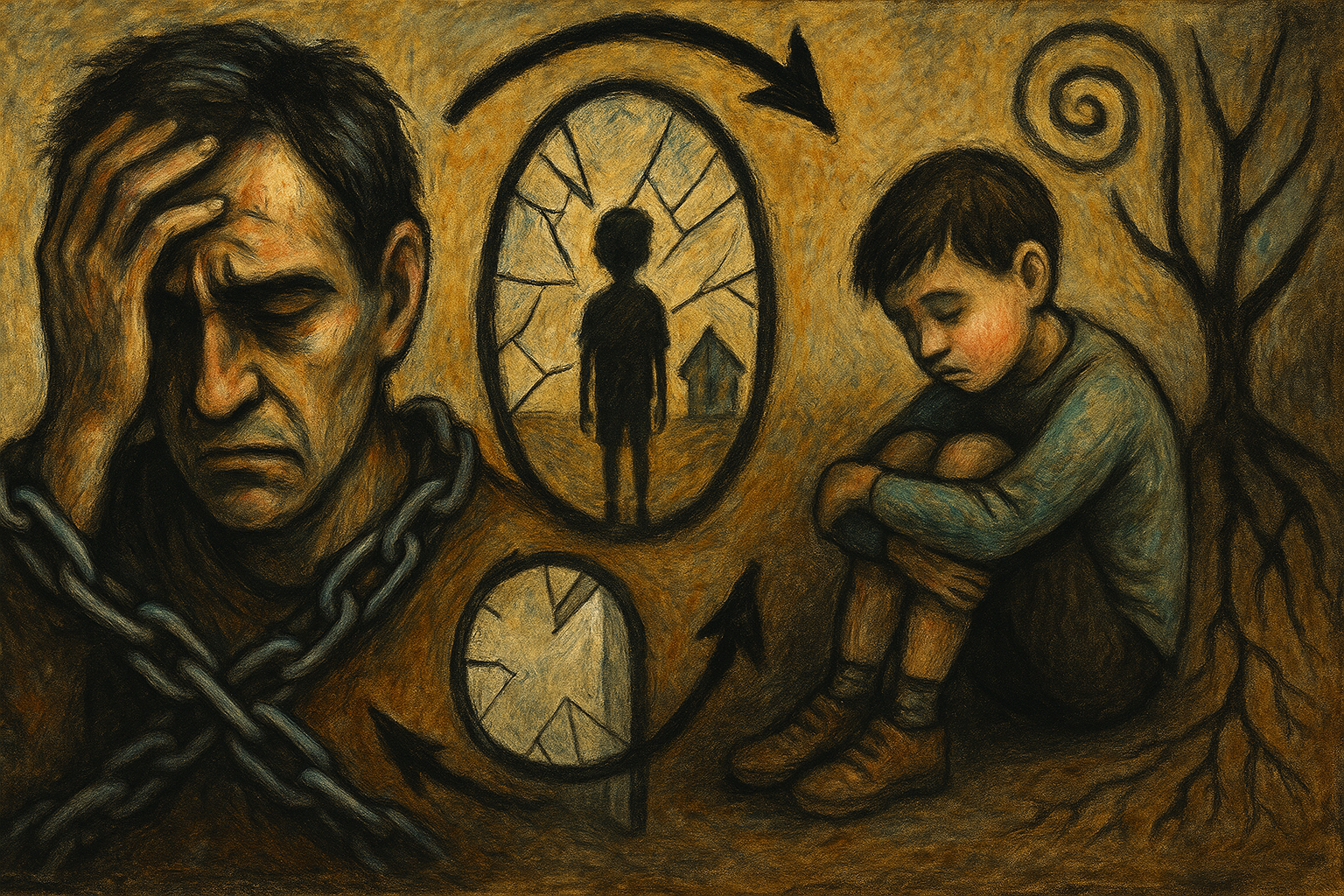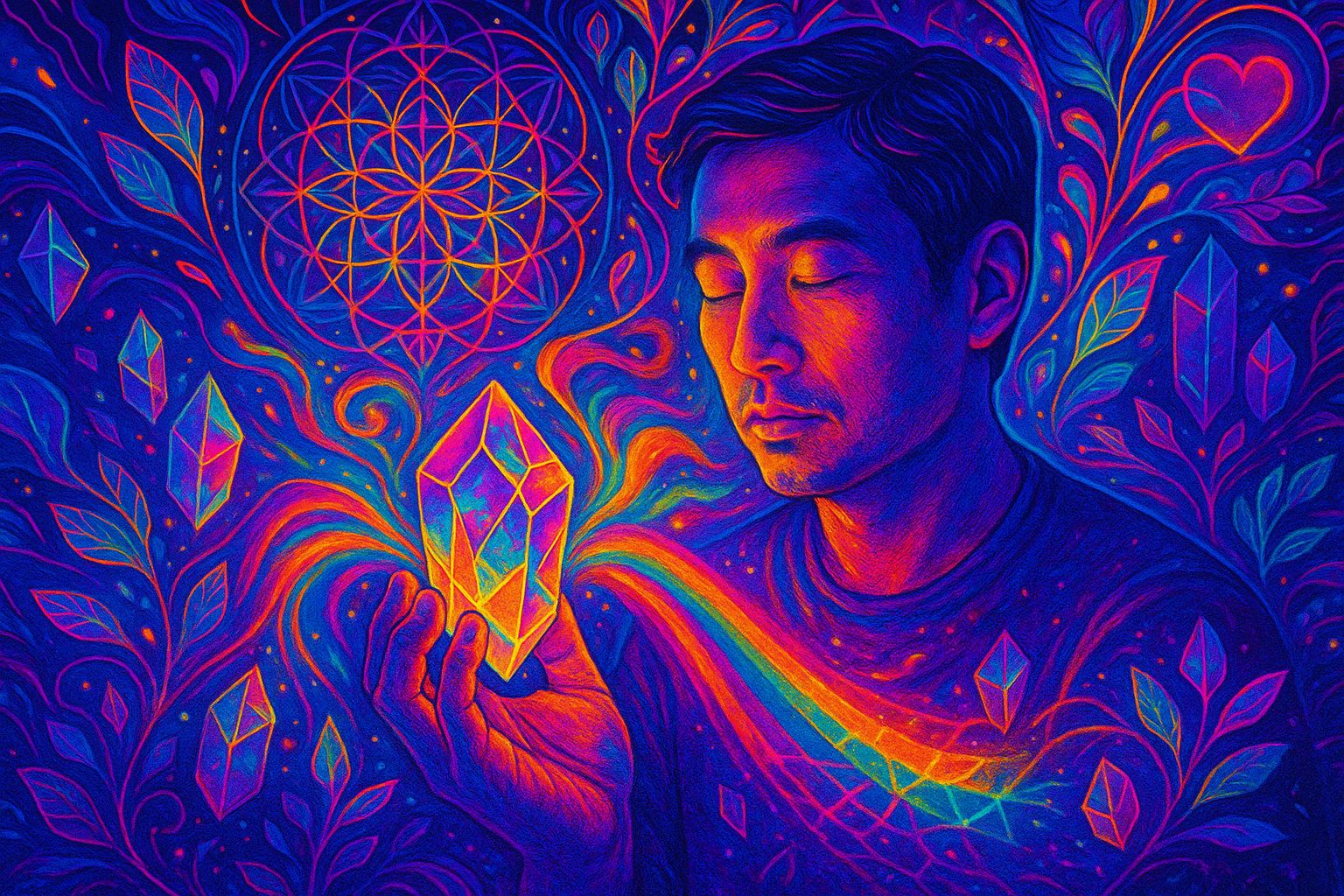The nature of addiction is to crave the escape that comes in the pursuit of a substance or a process high. It could be numbing out with drugs and alcohol—the adrenaline rush of something new like the risk of a new relationship, physical challenge, exotic adventure, or the rush of meeting a deadline at work. At first, the pursuit seems subtle, like the calming effect that a cup of coffee has to starting your day. Over time it roars like a lion and becomes a dominating organizing principle of everyday living. Someone addicted to nicotine cannot comprehend going through the day without lighting up, dipping or ending the day with a cigar. The entire day becomes organized around taking the edge off by engaging in nicotine. Some addicts describe having an intimate relationship with their addictive behavior.
One of my sons told me a story about doing a rigorous hike in the desert with a couple of friends in the summertime when it was way too hot. After hiking a great distance, they were sweaty, exhausted, and stopped to take a break. He reached for his water bottle to quench his thirst and find relief from the heat. His two friends reached for a cigarette and with sweat streaming down their face found relief with nicotine and later took a drink of water.
Addiction response can be extreme and radical. Some of the most intense people I know are addicts. Do you know a workaholic who has literally slept at their office? NFL football coaches have been known to work all day and sleep in their office. The rush that comes from getting prepared for the next game can be intense. For a workaholic, pushing for completion and fanatically reaching to meet a deadline can be powerful and consuming. Stories of addicts fiercely lusting for a hit and radically moving heaven and earth together to satisfy a craving are replete.
Intensity or Intimacy? Addicts confuse intensity with intimacy. Intimacy can be understood as a close personal open heart connection with self and another person. Many people refer to sexual intercourse as intimate. Of course, this can be true. However, compulsive sexual behavior is often not intimate. At times, the insatiable drive to be with another person is the furthest experience from true intimacy. It has been described by some that the intense desire to be close to another is like wanting to be inside the other person’s skin. There is a craving for another that is more about neediness than intimacy. The need is intense.
Addicts become disconnected from their feelings. They are poor at managing moments of emptiness. An addict will often seek to fill the emptiness with chaos and addictive behavior. Emptiness and loneliness trigger addicts to fill in the hole of their lives with drugs and alcohol and other compulsive behaviors. Most addicts create a cocktail of adrenaline experience that can include substance, relationship pursuit, work intensity, exercise, food, and high-risk adventure. When one or more of these behaviors don’t do the trick, then they just go to the next combination in behavioral experiences. This response is described as addiction interaction behavior. The intensity of this daily cocktail experience can be mistaken for intimacy with self.
Recently, a young man counseled with me about feeling extreme loneliness and depression from a recent relational breakup. He engaged in meditative silence and then shifted to extreme outdoor adventure. He stated that he felt very intimate with himself by testing his physical endurance. For sure, engaging physical endurance activities can be intimate. Yet, for this person, he came home to the same dilemma of intense loneliness and depression after the endurance adventure. Rather than embracing and grieving the loss, he had mistaken physical intensity for emotional intimacy. This is a common experience for addicts.
Intimacy begins with an interpersonal connection. What is important is to carefully listen to your feelings. This requires slowing down and embracing the very emotion you would like to avoid. Intimacy demands that you be able to embrace discomfort. Knowing that you can feel uneasiness and sift and sort understanding and meaningfulness from this experience is necessary in order to meet the personal needs that exist underneath the uncomfortable emotion. This is fundamental to practicing intimacy. It begins with an inner connection with self before it can be extended to another. Many attempt to first connect with another believing this connection will help awaken feelings within. However, it is a precarious path that often leads to relational intensity being mistaken for relational intimacy. What is missing is the cultivation of interpersonal connection with your own feelings. Those feelings become lost with the intense hot pursuit of another person, substance, or experience.
Intimacy requires that you be open and honest, first with self and then others. Emotional honesty demands that you be willing to embrace unwanted feelings. In the context of this embrace, you will find the pathway that leads to intimacy. The intimate discipline of sitting with your own feelings will spawn understanding and separation between emotional intimacy and emotional intensity in an addict’s relation to self and others.





